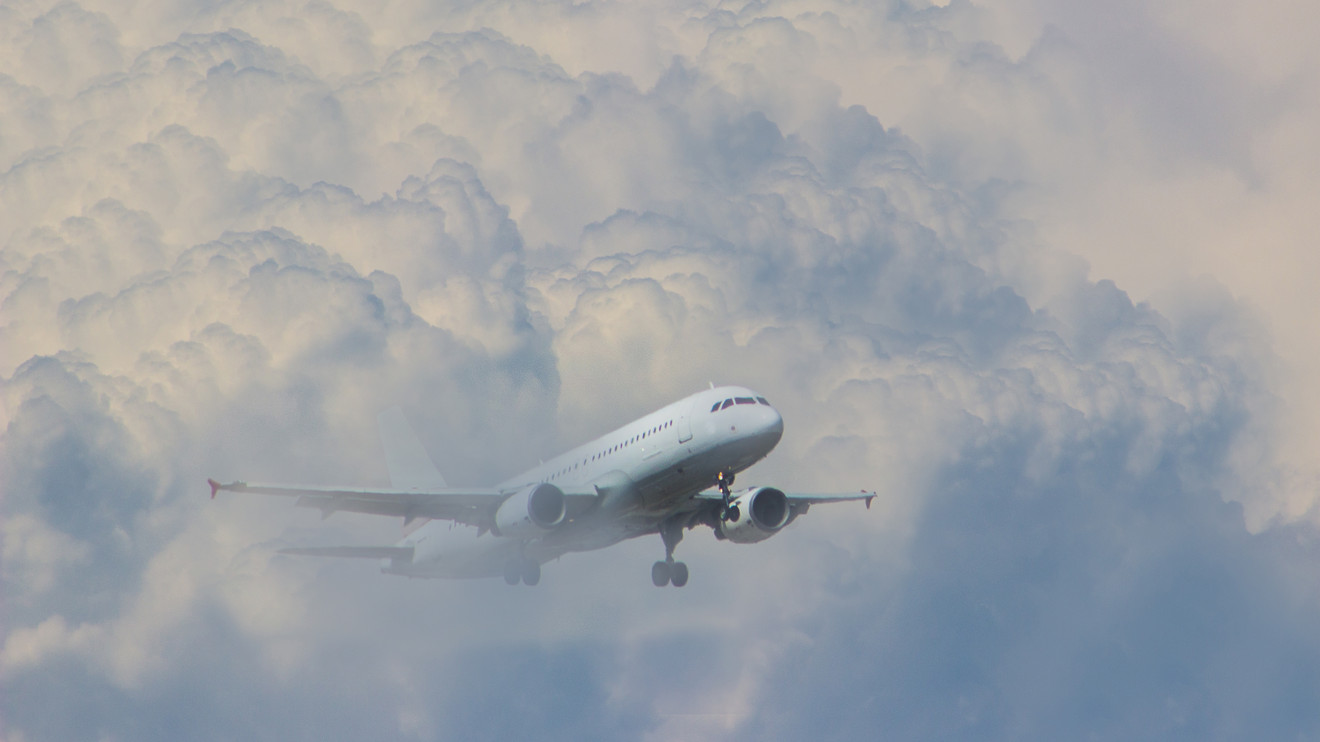
Climate change is guilting a growing group of travelers into keeping their feet on the ground.
And in Sweden, where teen climate activist Greta Thunburg, 15, has led the charge to eschew air travel altogether, the growing stigma against leaving a large carbon footprint has allowed the term “flygskam” — Swedish for “flight shame” — to take off in Europe.
In fact, Sweden’s main train operator, SJ, told the Associated Press that it sold 1.5 million more tickets in 2018 than the previous year as more people ride the rails to reduce their own carbon emissions. The train company reported that the number of business passengers rose 12% in the first three months of this year.
And this has led to Swedish terms such as like tågskryt (“train-bragging”) and att smygflyga (“to fly in secret”) also becoming buzzwords. The Swedish Facebook group Tagsemester, or “Train Holiday,” has seen membership spike from about 3,000 people in late 2017 to 90,000 this year. And many travelers are sharing their “slow travel” plans to take a train, not a plane, under the hashtag #StayOnTheGround.
While commercial flying contributes just 2.5% of all global carbon emissions, the number will rise as more people fly. The International Air Transport Association predicts that the CO2 emissions from airlines will hit 927 million tons this year.
Alexandre de Juniac, head of the International Air Transport Association, told CEOs at a three-day airline summit in Seoul earlier this month that, “Unchallenged, this [flygskam] sentiment will grow and spread,” as Reuters reported.
A Swedish family of four told the AP that they are taking a 5.5-hour train ride from Nykoping, Sweden, to Copenhagen, Denmark — even though a flight would almost cut their travel time in half — because the train ride shakes out to just 5.3 pounds of CO2 per person (according to an online calculator created by the Germany-based Institute for Energy and Environmental Studies consulting firm). In comparison, a one-way flight would emit 260 pounds of CO2.
Earlier this year, Ryanair RYAAY, -0.06% RYA, -0.88% became the first airline to be listed among Europe’s top 10 carbon polluters by the Belgian research group Transport & Environment. T&E reported that carbon emissions by airlines have increased 26.3% over the last five years, and Ryanair — one of the largest low-cost carriers in the world — increased its carbon emissions by 6.9%, putting in ninth on the polluter list. (While Ryanair bills itself as Europe’s most environmentally-friendly airline, the size of its fleet and the fact that the report only covered flights within the EU, and not International flights, likely landed it on the list.) A Ryanair spokesman told The Points Guy that, “Ryanair is Europe’s greenest & cleanest airline. Passengers traveling on Ryanair have the lowest CO2 emissions per km traveled than any other airline.”
Granted, giving into flight shame and flexing your train bragging is easier in Europe, which has a large and expanding international high-speed rail network. That has cut travel time between London and Brussels to less than two hours, for example, at the expense of many airline flights. A domestic train trip between Rome and Milan — about 350 miles apart — can take less than three hours.
The U.S. rail network isn’t nearly as extensive or as fast; 80% of it is dedicated to long-distance freights, and an Amtrak ride from San Antonio to Austin, just 80 miles apart, takes nearly 3 1/2 hours. No wonder people fly; U.S. airlines and foreign airlines serving the U.S. carried an all-time high of 1 billion scheduled service passengers in 2018, or a 4.8% increase over the previous record high of 955.4 million in 2017.
Still, Amtrak is trying to lure millennials with its faster Acela Next-Gen trains, which will take 20 minutes off the travel time between New York City and Washington, D.C., and feature craft beer, faster Wi-Fi and more power outlets when they roll out in 2021. It currently takes around three hours to travel between the two cities on Acela.











Add Comment